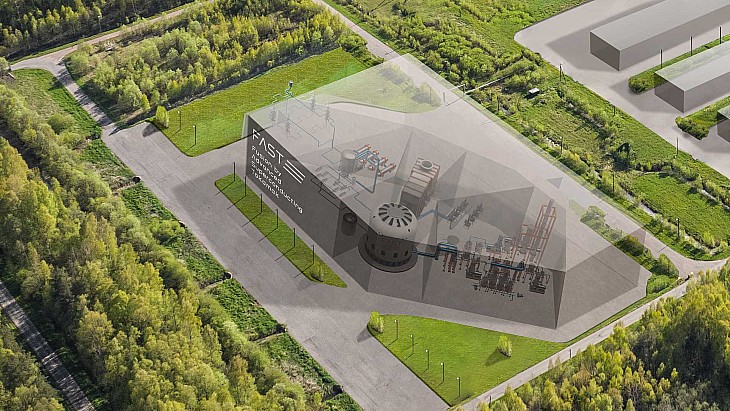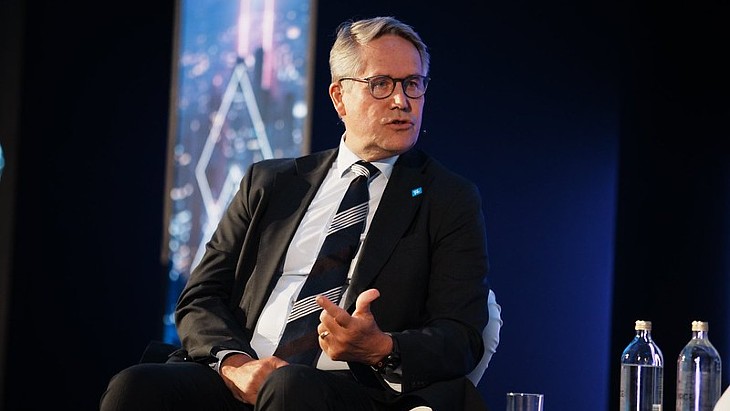Sanmen 2 completed the full-power demonstration test run at 9.47pm yesterday, China National Nuclear Corporation (CNNC) has announced. The reactor, it said, has now met "commercial operation conditions". Although CNNC must still obtain necessary permits and documentation, the unit is now considered to be in commercial operation.
In September 2007, Westinghouse and its partner the Shaw Group received authorisation to construct four AP1000 units in China: two at Sanmen and two more at Haiyang in Shandong province. Construction of Sanmen 1 began in April 2009, while first concrete for Sanmen 2 was poured in December 2009. Construction of Haiyang 1 and 2 began in September 2009 and June 2010, respectively.
Sanmen 1 was the world's first AP1000 to start up, achieving first criticality - a sustained chain reaction - on 22 June this year and grid connection on 2 July. It reached full power operation for the first time on 14 August and entered commercial operation on 21 September.
Unit 1 of the Haiyang plant attained first criticality on 8 August and was grid connected on 17 August. That unit began commercial operation on 22 October.
Sanmen unit 2 attained first criticality on 17 August and was connected to the grid on 24 August.
CNNC said it now has a 20 power reactors in commercial operation, with a combined generating capacity of 17,966 MWe.
Haiyang 2 - which was connected to the grid on 13 October - is expected to start up in early 2019.
Four AP1000 reactors were also being built in the USA - two each at Vogtle and Summer. However, construction of the two Summer units was suspended in August 2017. Vogtle 3 and 4 are scheduled to start operating in November 2021 and November 2022, respectively.

.jpg)



_82983.jpg)
_34792.jpg)
_16403_79272.jpg)


_76087_55556.jpg)



